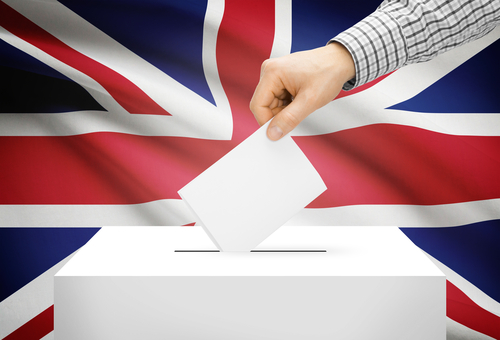In case of Brexit: fear the uncertainty

The most recent polls point to a vote of 44% vs. 40% in favour of remaining in the EU. But polls predictions missed the Scottish independence referendum and the 2015 UK general election. Betting markets currently attach a probability of 25-30% to the possibility of Brexit. Also if probably the UK will stay in the EU what could be the outcome in case of Brexit?
Analysts are almost unanimous. The long-run economic consequences of Brexit for the UK and the EU are likely to be negative. It is not a difficult prediction. What is indeed difficult is measuring how damaging Brexit would be. The only certainty is the uncertainty that would follow a separatist vote. The option value for businesses of delaying investment would be high, at least until some clarity is reached. Business investment accounts for around 10% of UK GDP. A collective decision to pause investment spending would likely be significantly negative for UK economic growth.
In a recent report, Goldman Sachs’ analysts try to identify the transitional consequences of Brexit during the two year time-span the Lisbon Treaty provides to set a separation.
During the transition, the UK government would have to construct a new trading, regulatory and legal architecture in three main areas:
1) New trading arrangements between the UK and EU;
2) New trading arrangement with non-EU countries;
3) Re-writing the majority of EU regulations and laws back into UK legislation.
1) New trading arrangements between the UK and EU
If the UK decides to leave the EU, it will be in the economic interests of both to maintain access to each other’s markets. It is always in the common interests of economies to trade with each other. Yet this does not prevent it from being difficult to negotiate trade agreements as usually costs and benefits are unevenly distributed. In deciding where to position itself in the EU market access/rules, Britain has available a spectrum of possibilities ranging from a Norwegian model and a most favoured nation model. In the first case the UK would maintain full access to the EU single market but, like Norway, it should accept EU rules. And this was a focal point in the letter of request advanced by Cameron. In the second case UK trade with the EU would be subject to a number of tariff and non-tariff barriers and Britain attractiveness as a gateway to serve the broader European market would be severely curtailed. Between these two extremes there is a whole spectrum of different options.
2) New trading arrangements with non-EU countries
Currently each of the UK?s existing trade relationship with non-EU countries is conducted via the EU. In case of Brexit the UK would have to negotiate trade deals with the rest of the world, a thing it last time did 40 years ago. The process of having to conduct all of these negotiations would create considerable uncertainty for many years.
3) Re-writing the majority of EU regulations and laws back into UK legislation
Were the UK to vote to leave the EU, the UK government would have to decide (and then legislate) on how much of the whole body of accumulated EU law it would want to adopt into UK legislation. This process would take some time and, during this period, UK-based business would be presented with considerable regulatory and legal uncertainty.
Source: Goldman Sachs Economic Research

